Table of Contents
Introduction
Locomotive boilers played a significant role in the era of steam-powered locomotives, revolutionizing transportation during the industrial age. A locomotive boiler is a specialized type of fire-tube boiler specifically designed to generate steam for powering steam engines in locomotives.
Definition of a Locomotive Boiler
A locomotive boiler is a type of fire-tube boiler specifically designed to produce steam for propelling steam locomotives. It operates on the principles of thermodynamics, harnessing heat energy to convert water into high-pressure steam. The steam generated powers the locomotive engine, enabling it to move along railway tracks.
Parts of a Locomotive Boiler
1. Firebox:
The firebox is the central component of a locomotive boiler where the combustion of fuel takes place. Typically, coal was used as fuel, and it would burn inside the firebox, releasing heat energy.
2. Barrel:
The barrel, also known as the shell, encloses the firebox and consists of a cylindrical structure. Its primary function is to contain water, which surrounds the firebox and absorbs the heat produced by the combustion process.
3. Smokebox:
Located at the front end of the locomotive boiler, the smokebox collects and directs the exhaust gases and smoke generated during combustion out through the chimney. It helps maintain proper airflow and facilitates the expulsion of combustion byproducts.
4. Tubes:
Numerous small tubes are present within the barrel, extending from the firebox to the smokebox. These tubes act as conduits for hot gases to pass through, transferring their heat to the surrounding water. This heat exchange process contributes to steam generation.
5. Crown Sheet:
The crown sheet is a horizontal metal plate positioned at the top of the firebox. It serves as a barrier between the firebox and the water in the barrel. The intense heat from the firebox heats the water directly above the crown sheet, causing it to generate steam.
6. Safety Valve:
The safety valve is a crucial safety feature mounted on the top of the boiler. It ensures that the steam pressure does not exceed safe limits by releasing excess pressure. This prevents the boiler from exploding due to excessive pressure buildup.
7. Regulator Valve:
The regulator valve, also known as the throttle valve, controls the flow of steam from the boiler to the locomotive engine. It regulates the power output and speed of the locomotive by adjusting the steam supply.
8. Superheater (optional):
In some locomotive boilers, a superheater is incorporated to further increase the temperature and energy content of the steam. The superheater consists of a series of coils or tubes located in the smokebox, where the steam passes through and gains additional heat before reaching the cylinders.
9. Blast Pipe:
It is a pipe provided above the steam engine. The exhaust steam passes through this blast pipe. It is used to create the artificial draft that pushes the smoke out through the chimney and creates suction for the hot exhaust gases. The suction created allows the hot exhaust gases to move forward through the fire tubes.
Boiler Mountings and Accessories of Locomotive Boiler
a. Boiler Mountings
1. Water Level Indicator:
This instrument is used to monitor the water level inside the boiler. It ensures that there is always an adequate amount of water present for steam generation and prevents the boiler from running dry or overflowing. Common types of water level indicators include gauge glasses and water level alarms.
2. Pressure Gauge:
The pressure gauge is a device that measures and displays the steam pressure inside the locomotive boiler. It provides valuable information to the operator regarding the boiler’s pressure status, enabling them to monitor and control the system effectively.
3. Blowdown Valve:
The blowdown valve is used to remove impurities and sediments that accumulate in the boiler water. It allows for the periodic discharge of a small amount of water to maintain the desired water quality, ensuring efficient heat transfer and preventing scale buildup.
b. Boiler Accessories
1. Feedwater Pump:
The feedwater pump is responsible for supplying water to the locomotive boiler. It ensures a continuous flow of water into the boiler, compensating for the water consumed during steam generation. Feedwater pumps can be driven by steam, electricity, or other power sources.
2. Economizer:
An economizer is an accessory that recovers heat from the flue gases before they are expelled through the chimney. It preheats the feedwater using residual heat, increasing boiler efficiency by reducing fuel consumption.
3. Ash Pan:
The ash pan is a compartment located beneath the firebox, designed to collect and hold the ashes and residue left after the combustion process. It allows for easy removal and disposal of the accumulated ash, preventing it from hindering the combustion process and impeding airflow.
Working of a Locomotive Boiler
The working of a locomotive boiler involves several steps:
1. Firing: The firebox is filled with coal or other solid fuel, and the combustion process begins. Air is supplied to the firebox through the grate, which supports the fuel.
2. Heat Transfer: As the fuel burns, it releases heat energy, which is absorbed by the water-filled barrel surrounding the firebox. The hot gases produced by the combustion pass through the tubes, transferring their heat to the water.
3. Steam Generation: The heat absorbed by the water causes it to boil and convert into steam. The steam rises through the tubes and collects in the steam dome located above the boiler.
4. Superheating (optional): If the locomotive boiler includes a superheater, the steam passes through it, further increasing its temperature and energy content.
5. Exhaust: The steam then flows from the steam dome into the cylinders of the steam engine, where it pushes the pistons and drives the locomotive’s wheels. After its work is done, the steam is expelled through the smokebox and chimney as exhaust.
Advantages of Locomotive Boilers
1. High Steam Generation: Locomotive boilers were capable of generating a large quantity of steam, providing the necessary power to propel steam locomotives. This high steam generation capacity enabled locomotives to achieve significant speeds and carry heavy loads efficiently.
2. Compact Design: Locomotive boilers were designed to be compact and fit within the limited space available on locomotives. Their small size made them suitable for installation in steam locomotives, optimizing space utilization and enabling efficient locomotive operation.
3. Portability: Locomotive boilers offered the advantage of portability, as they were mounted directly on locomotives. This allowed trains to be self-sufficient in terms of steam generation, eliminating the need for external power sources and facilitating mobility.
4. Fuel Flexibility: Locomotive boilers had the flexibility to burn a variety of solid fuels, with coal being the most common choice. This versatility in fuel options made them adaptable to different regions with varying fuel availability, ensuring continuous operation in diverse locations.
Disadvantages of Locomotive Boilers
1. Limited Efficiency: Locomotive boilers were inherently less efficient compared to modern boiler designs. They had lower thermal efficiencies, resulting in higher fuel consumption and increased operating costs. The limited efficiency also contributed to higher emissions and environmental impact.
2. Maintenance Intensive: Locomotive boilers required regular and meticulous maintenance due to their complex design and exposure to extreme heat and pressure. The frequent inspection, cleaning, and repair tasks demanded significant resources and skilled labor.
3. Slow Start-Up and Shutdown: Locomotive boilers had a relatively slow start-up and shutdown process, requiring considerable time for heating and cooling. This prolonged process impacted operational flexibility and efficiency, especially in situations requiring frequent stops and restarts.
Applications of Locomotive Boilers
1. Steam Locomotives: The primary application of locomotive boilers was in steam locomotives. They provided the necessary steam power to propel locomotives and transport goods and passengers over railways. Steam locomotives played a crucial role in early transportation and the industrial development of various regions.
2. Historical Preservation: Today, locomotive boilers find application in historical preservation efforts. Restored steam locomotives, operating as tourist attractions or heritage displays, often feature original or replica locomotive boilers to recreate the historical experience and educate the public about the bygone era of steam-powered transportation.
3. Education and Research: Locomotive boilers are used in educational institutions and research facilities to teach students about the principles of steam power and conduct experiments related to thermal engineering. They serve as tangible examples for studying heat transfer, thermodynamics, and combustion processes.
Also, read the Magneto ignition system


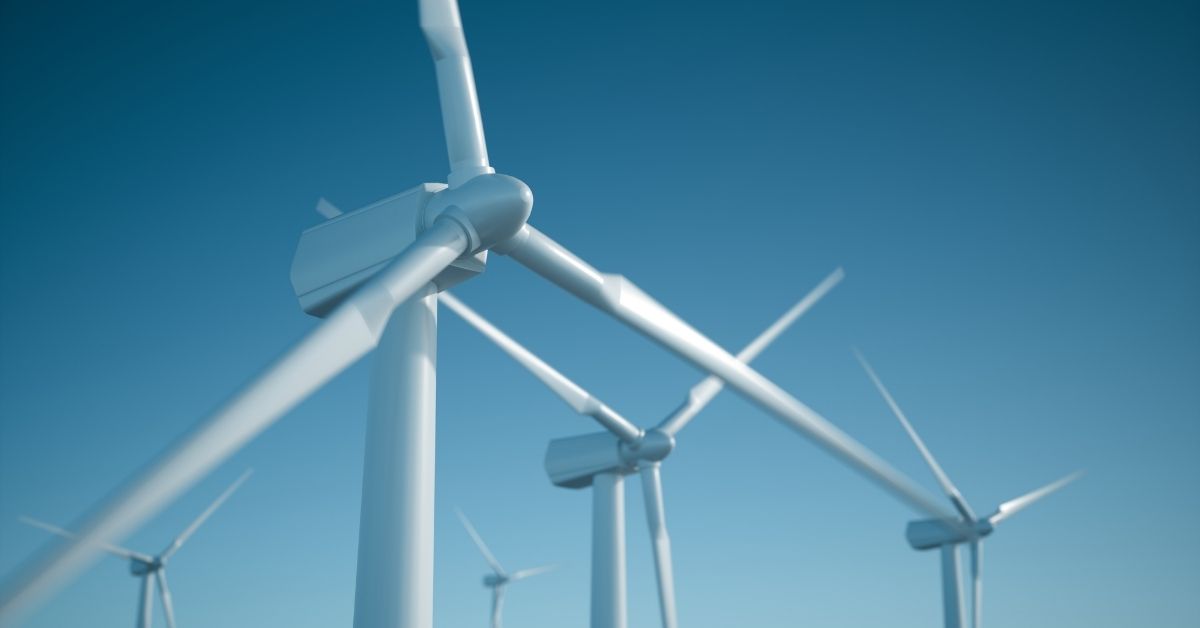

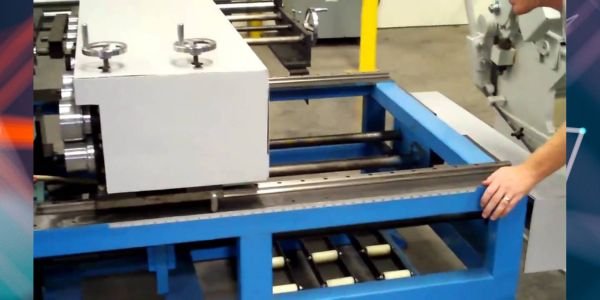
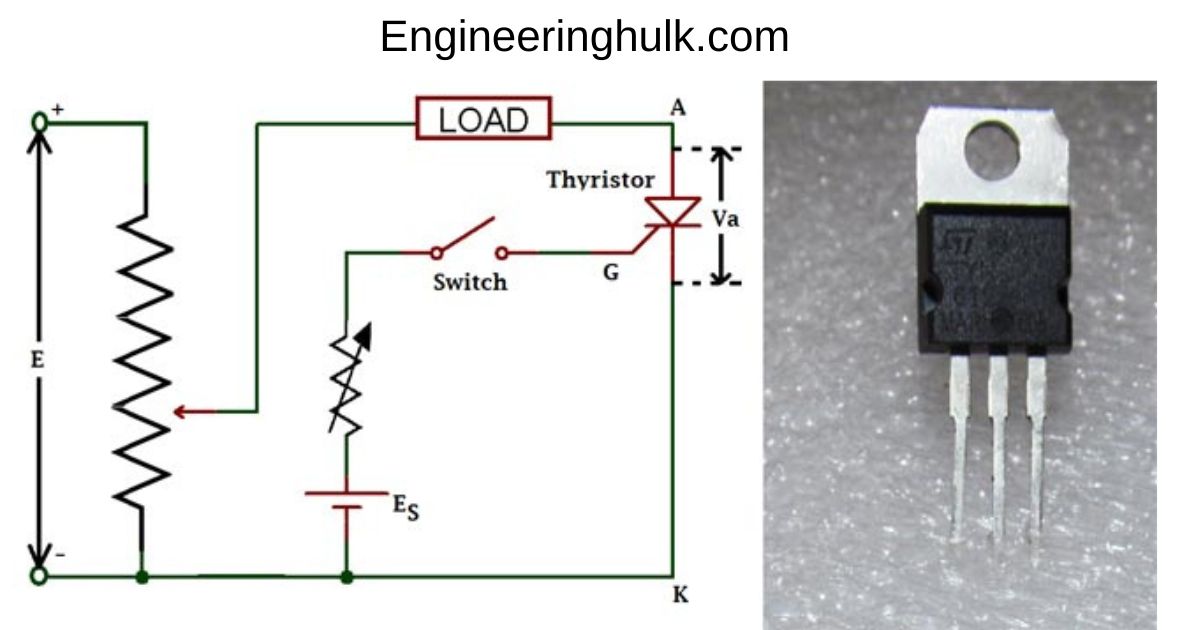
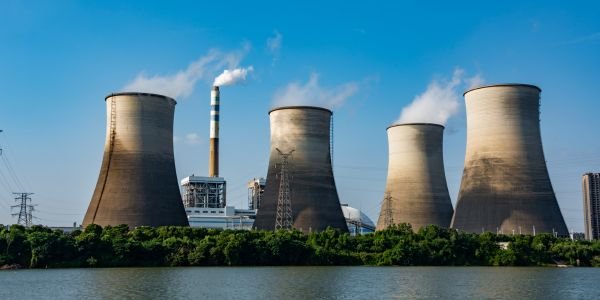


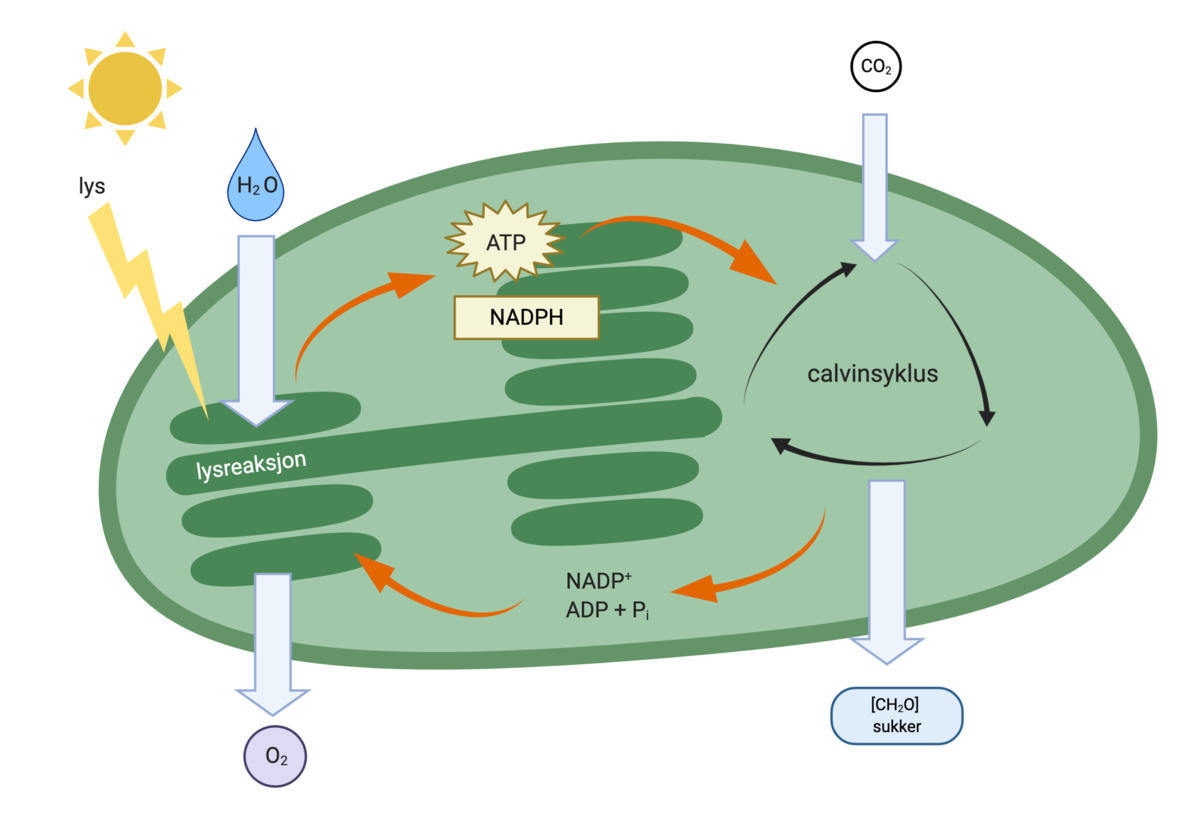



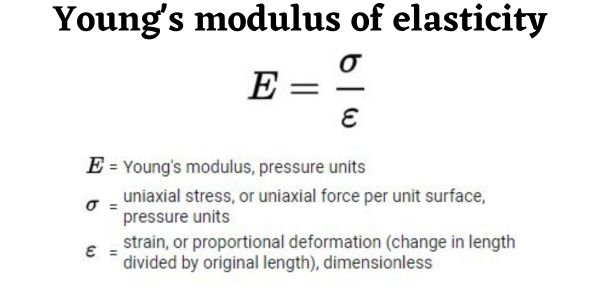

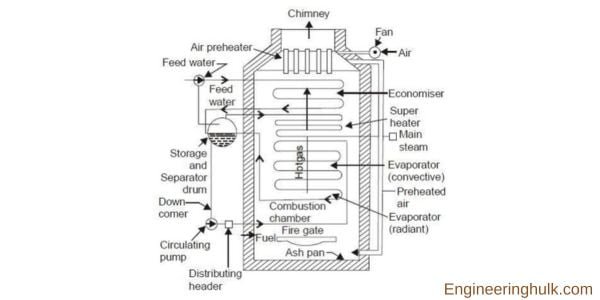
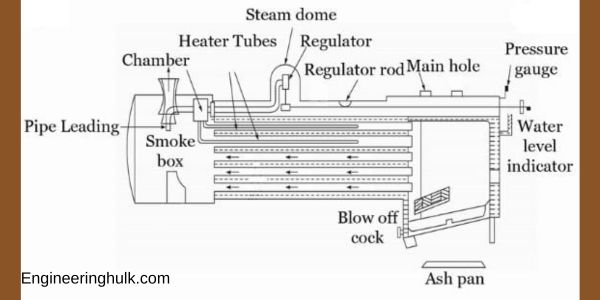
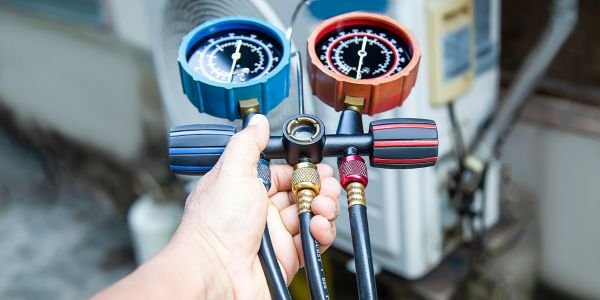




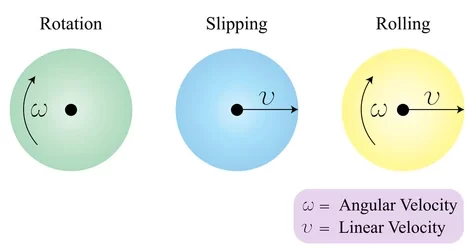
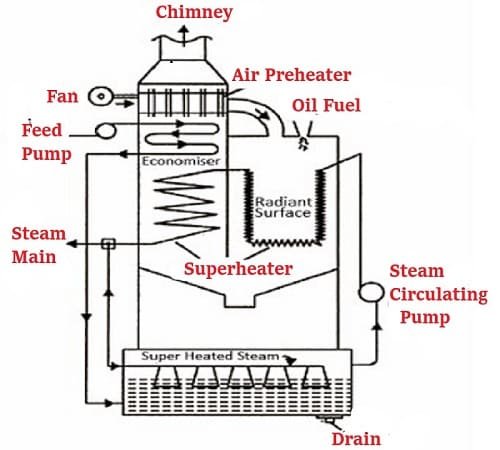

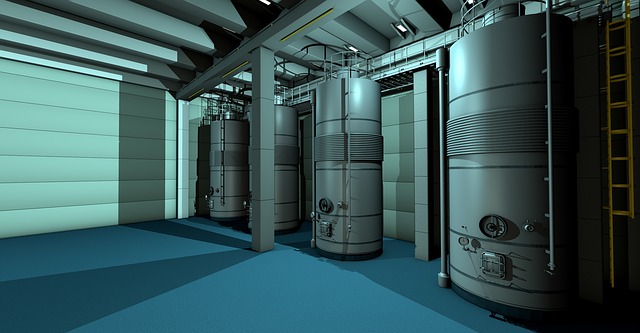
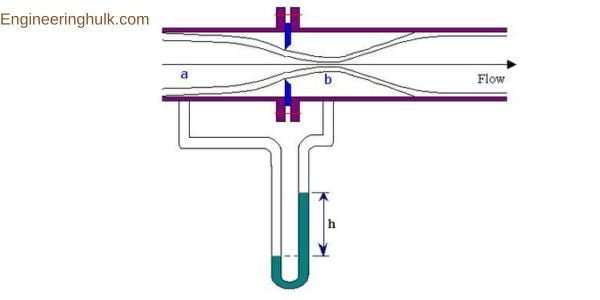
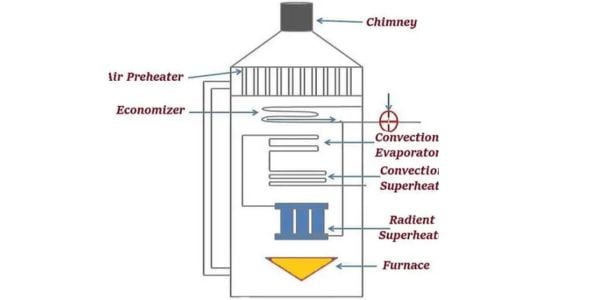
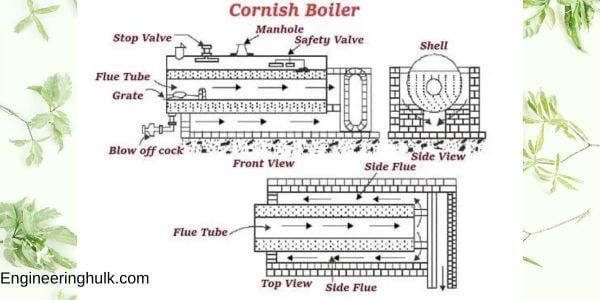
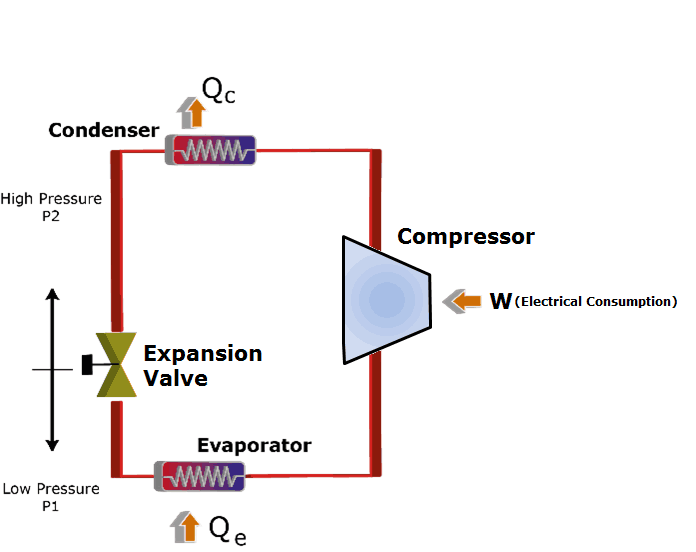
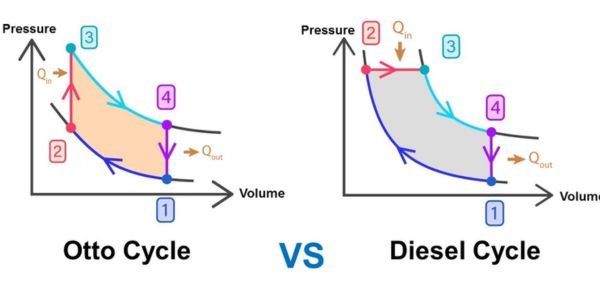
Comment on “Locomotive Boiler – Parts, working, and Applications”
Comments are closed.